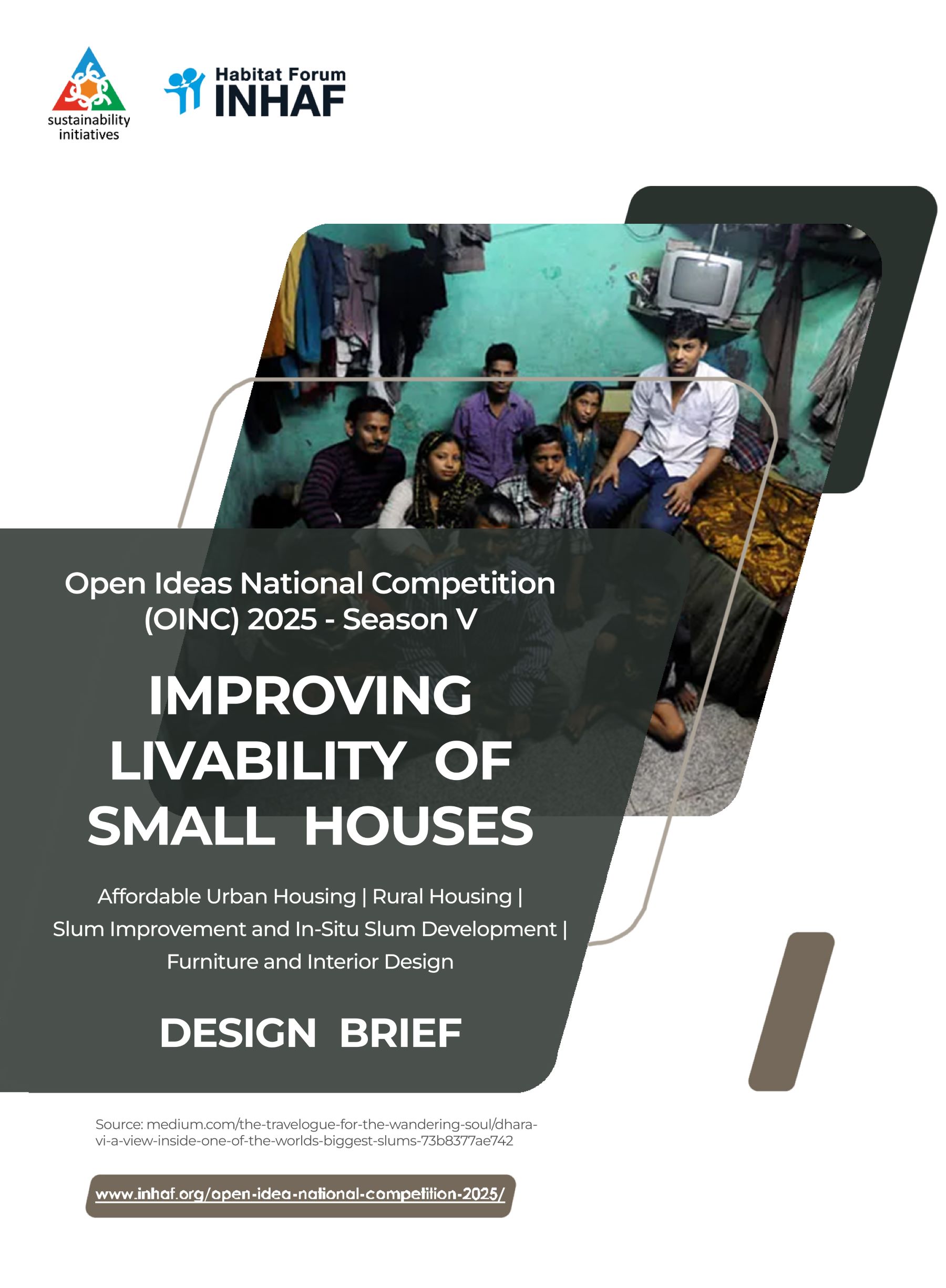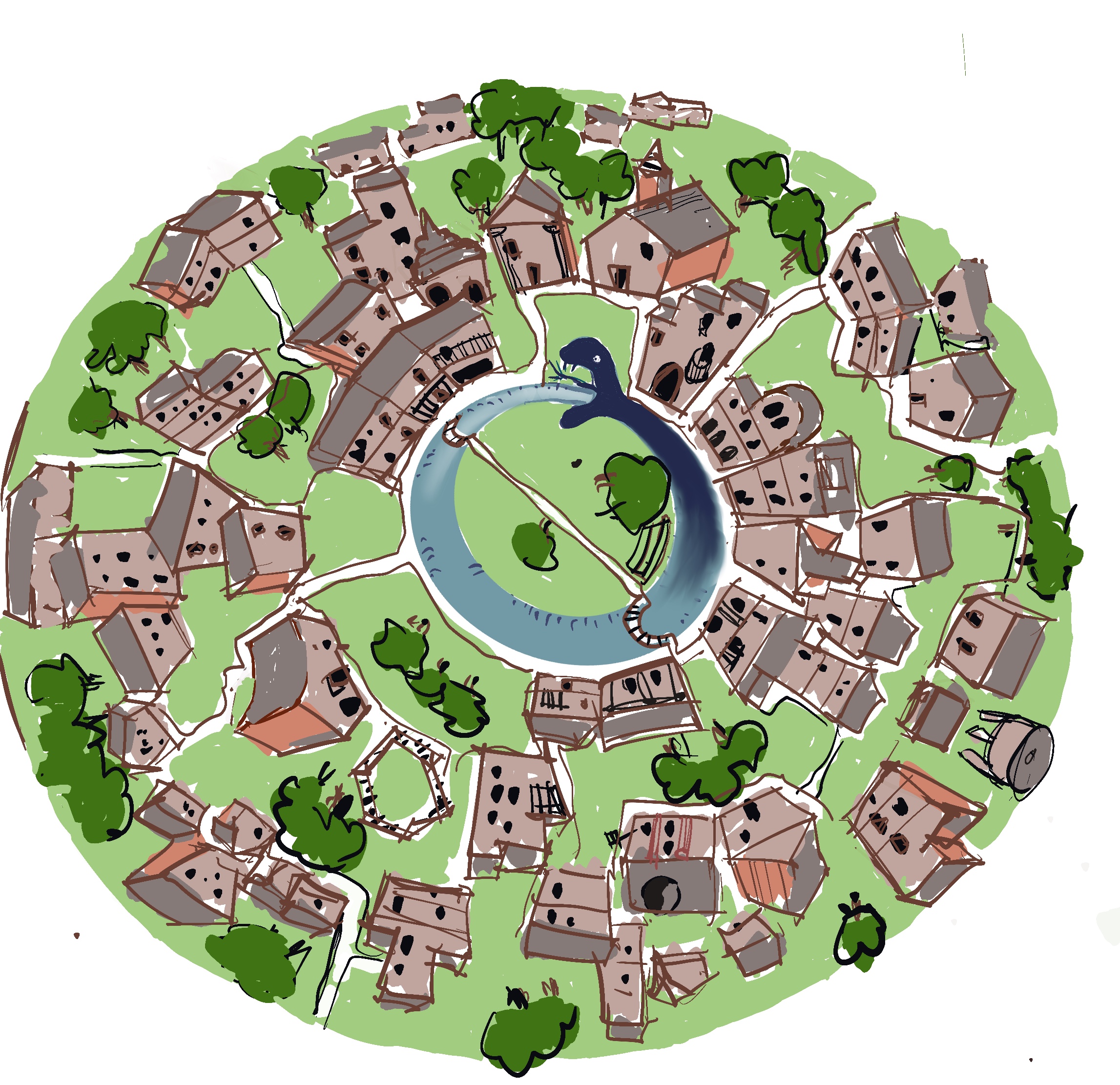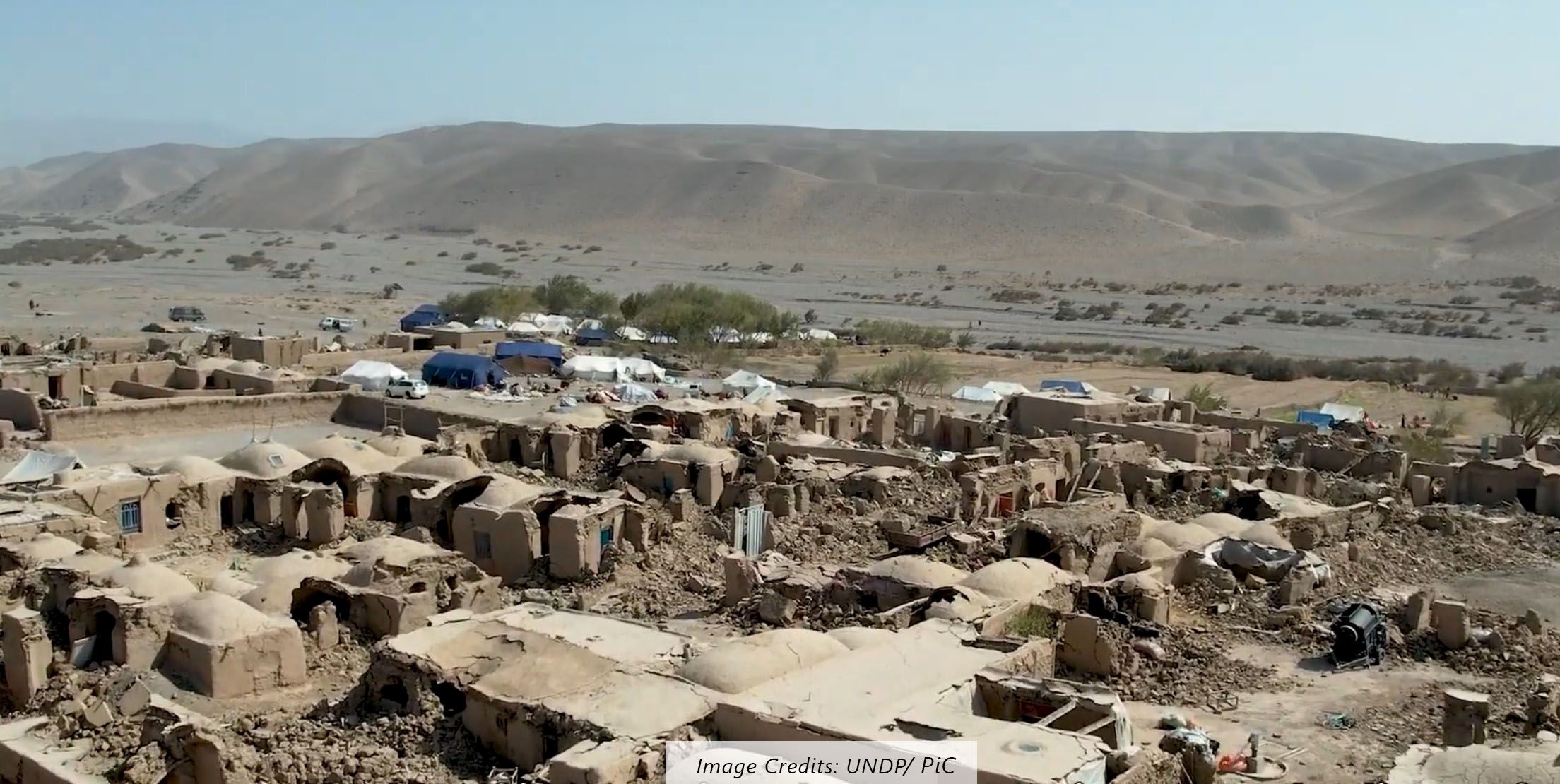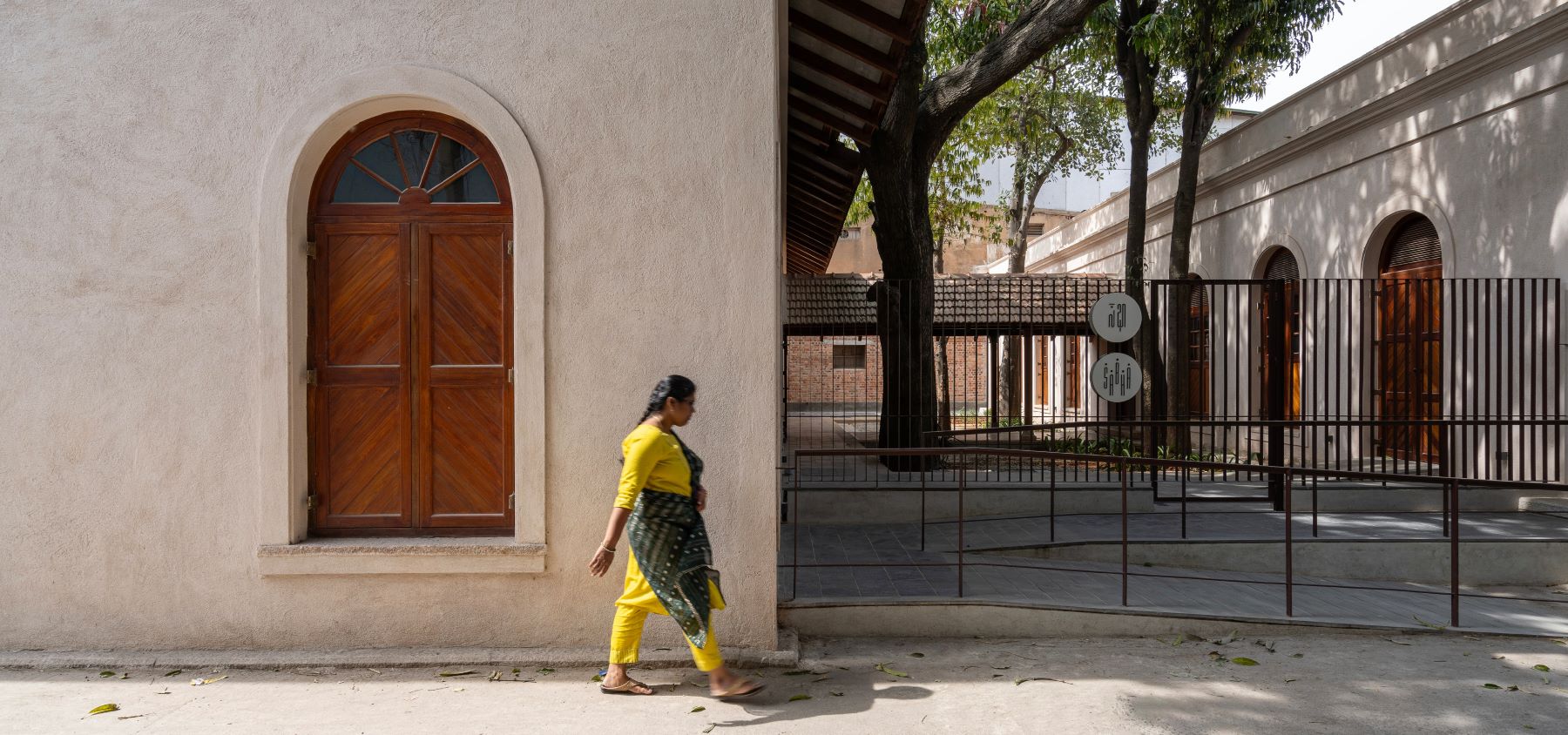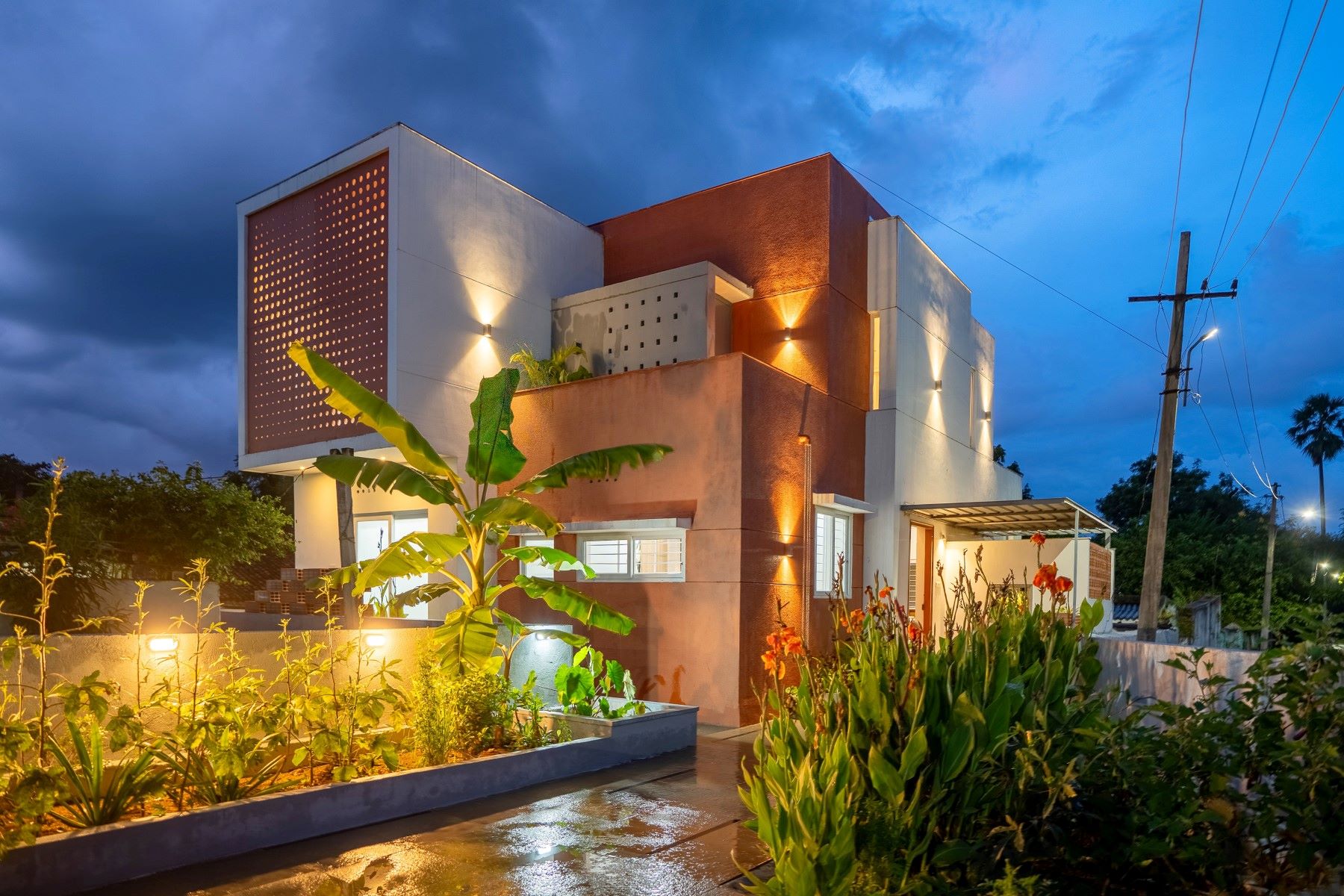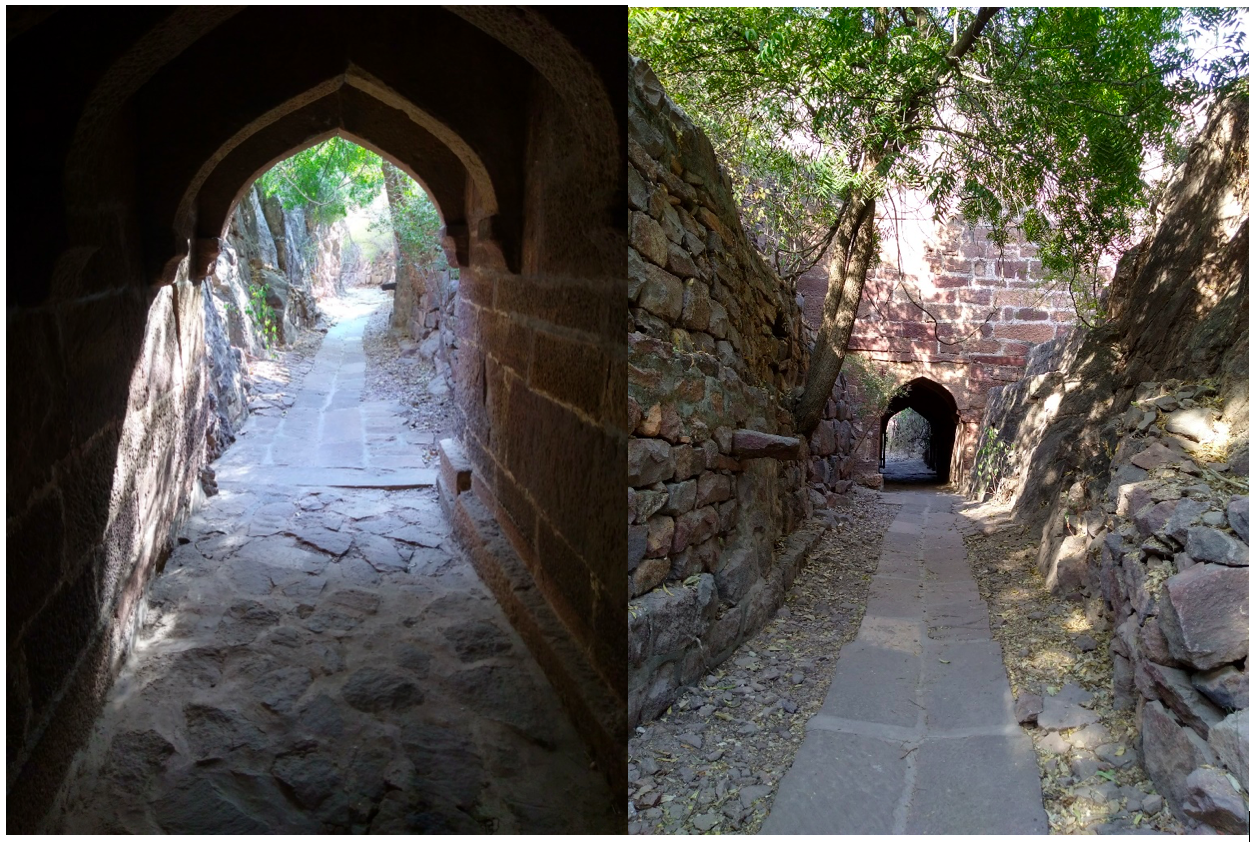
Jodhpur, known for its Mehrangarh Fort, the world-famous RIFF (Rajasthan International Folk festival) and the destination wedding favourite Umaid Bhavan Palace (of recent Priyanka – Nicky fame), has quite a few relatively unknown mini jewels. On my recent visit there, I walked up the steep stone hewed path through the old city to discover a sea of white Innovas at the large parking opposite Mehrangarh Fort and a near traffic jam of chauffer driven vehicles on the road climbing up. I was happy that the fort was not part of my itinerary, I was looking for directions to Rao Jodha Rock Park. The local auto-taxi guys dissuaded me, “Sir, it is only Rocks! If you stand here on this wall you can see the whole of it! Come with me I will do a package tour of Jodhpur for you”. Rao Jodha Rock Park (RJRP to keep it short), though lesser known and even lesser visited is very much a hidden gem in the studded crown of the Mehrangarh Fort complex. Some 500 years ago, Rao Jodha, the founding father of Jodhpur in search of a new capital chanced upon an impressive formation rising from the plains; difficult to access, easy to defend and a commanding view of the countryside, it seemed perfect! While he set about building on top of a large rock formation, the question naturally arose as to how a Fort would, that too in the heart of the desert manage its water needs!
He not only needed a large enough water storage served by a large catchment, he also needed to find a way to tap this catchment and bring water to the storage. Quite a tall order in an area where water is sparse. Within Rao Jodha Rock Park lies the very genius of Mehrangarh’s sustenance, the lakes of Ranisar and Padamsar and the Hathi Nahar, a narrow rock hewn aqueduct collecting and funneling the desert rain from a large catchment to the north of Mehrangarh into Ranisar, the overflow from Ranisar fills Padamsar. Rao Jodha, with the help of highly ingenious water engineers of his times studied the mountainous terrain and carefully got a channel aligned and cut such that this nahar could profit from all the rain that falls in a large catchment. The making of humble looking Hathi Nahar was no mean task, the volcanic origin rock is very hard, a narrow channel with a gentle slope was chiseled out by hand tools. It goes without saying that if it wasn’t for this unique rainwater harvesting based system, life on the fort and the city that grew up nearby would not have been possible. Even today these sources, serve their original clients; Ranisar supplies water to the Mehrangarh Fort and Padamsar to the surrounding ancient settlement. In this parched land, when the two lakes overflow simultaneously is surely a special occasion, called ‘otta’, the head of the Jodhpur royal family would come out himself to pay respects, nowadays it is a priest on behalf of the royal family that conducts the ceremony.
It is a late winter morning, the sun is out, and we descend down rock hewn stairs into a deep, narrow channel. It has a lovely stone arched passage that one has to bend through a bit to walk through. It is cool and mostly in shade. It is difficult to imagine this channel as one that has been carrying water for 500 years and fulfilling the water needs of Mehrangarh and its surrounding settlement. I express my surprise and doubt to Harshvardhan – my naturalist guide, who has been quizzing me on the geckos that hang around in the crevices and folds of the Nahar walls. He tells me that 2-3 times in the monsoon they have to close this trail for some time, as this drain flows with a few feet of water. He shows me images later on one the nature Interpretation boards along the trail. The fascination digs in even deeper.
Thankfully, the Meharangarh Museum Trust had the vision to employ the services of Pradip Krishen and his able team to rewild this jewel of a landscape that had become a heaven of the invasive Prosopis juliflora. And they have done a fantastic job of it. The Rao Jodha Rock Park is undoubtedly a role model for bio-diversity parks, landscape architecture projects, cultural conservation and rewilding all put together. But then that deserves another story. A visit to RJRP is an essential to the Jodhpur itinerary and make sure to take the naturalist guide. Though any time of the day is good, I would recommend early morning and late afternoon.
And I gave it some thought – an elephant could walk one way through this Hathi Nahar, but would get stuck at the arch and may have some difficulty in turning around, so why it is called ‘Hathi’ Nahar? Harshvardhan tells me that there is no written documentation on this, but the name comes from the grand elephant like scale and in my opinion the grand elephantine effort!
While at it check out http://www.raojodhapark.com/

